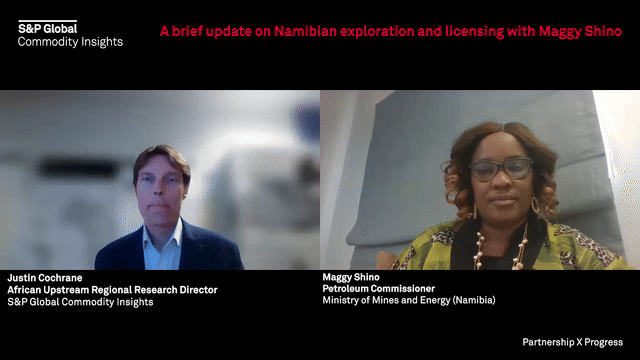/ COMMODITIES
Carbon Capture Utilization and Storage
With projects phenomenally growing in 2023, find out how many CCUS projects are being kept track of in 2024...
/ COMMODITIES
/ COMMODITIES
With projects phenomenally growing in 2023, find out how many CCUS projects are being kept track of in 2024...
/ COMMODITIES

In the lead-up to the Namibia International Energy Conference, SP Global Commodity Insights' Justin Cochrane, African Upstream Regional Research Director, spoke to Maggy Shino, Petroleum Commissioner of Namibia’s Ministry of Mines and Energy.The interview discusses the impact of discoveries made by global majors on the offshore exploration landscape in Africa, as well as Namibia's evolving open-door policy.

This week on EnergyCents, emissions expert Deb Ryan joins Hill Vaden and Sam Humphreys to talk about the implications of emissions mitigation across the business landscape, from investment in decarbonization technology and what projects are on the horizon.Learn more about SP Global Commodity Insights energy coverage at: https://www.spglobal.com/commodityinsights/enJoin the conversation at energycents@spglobal.comMore listening options:

Join Will KainCEO and Founder, Avnos as they discuss the revolutionary technology of Hybrid Direct Air Capture Technology or HDAC and how it is stirring up the air capture marketplace.CERAWeek is taking place from March 18-22 and LIVE is your all-access pass to the conference. Check back for more insights and cutting-edge coverage.

Listen to Leanne TodHead of Upstream Solutions at S P Global Commodity Insights as they discuss the people aspect within the energy industry and attracting best talent that would help nvigate the path to energy transition.CERAWeek is taking place from March 18-22 and LIVE will be your all-access pass to the conference. Check back for more insights and cutting-edge coverage.